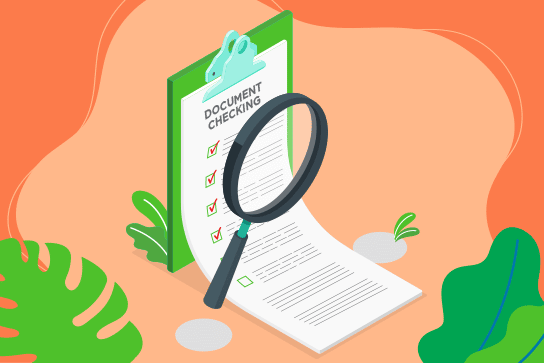Văn Hóa Úc
What Does Census 2016 Show About Australia?
On August 9th, 2016 Australians stopped to complete the census and supply the Australian Bureau of Statistics (ABS) with a range of information about their lives. Each household supplied details about their background, ages, incomes, religious affiliations and much more. Despite some technical difficulties on the night, the ABS has now compiled this data and has provided some fascinating insights into Australia.
Overall, Australia’s population has increased by almost two million (to roughly 24.4 million) in the five years since the previous census. This population is, in general, more diverse, contains more migrants and dramatically more same-sex couples than in the past (an 81% increase in the last ten years). The data also shows that 38% of students attending either university or a tertiary education institution were born overseas.
A ‘NATION OF NATIONS’
More than a quarter (26%) of Australian residents were born overseas, adding in those who had at least one parent born overseas takes this figure to almost half the population (49%). While England remains the most common overseas country of birth, for the first time in Australian history more residents born overseas are from Asia and not Europe. These increases have largely come from China and India, in the last 10 years three times as many arrivals have come from those countries than England. Fifty years ago less than 2% of Australian residents were born in China or India, while now that is 16%.
When you factor in the median ages then it appears that there is a trend towards becoming a country of young Asian-Australians. The median age of Australian residents born in Europe is 59 but for those born in Asia, this is significantly younger at 35. Mandarin, Cantonese and Arabic are the languages (other than English) spoken most commonly at home. Overall Australia’s rate of overseas-born people (26%) is higher than New Zealand (23%), Canada (22%), the United States (14%) and the United Kingdom (13%).
ARE AUSTRALIANS RELIGIOUS?
Australia remains a religious country but much less so than it has been in the past. 60% of people identify with an organised religion but the largest single group is ‘no religion’ with 30% of the population. The largest religious group is Catholics with 23% and Anglican with 13%.This is the first time people with ‘no religion’ have overtaken Catholics, although 52.1% of the population still identify as Christian. 8.2% of the population reported a religion other than Christianity, with the most common being Islam with 2.6% and Buddhism with 2.4%.
WHERE DO AUSTRALIANS LIVE?
Seven in ten Australians live in capital cities and eight in ten live in the eastern states (NSW, VIC, QLD, ACT). New South Wales remains the largest state, now with about seven million residents. Melbourne is growing at a rapid rate but, proportionally, Darwin is actually the fastest growing city in Australia.
The ‘Great Australian Dream’ has always been to own your own home with a backyard. These separate houses still represent most homes in Australia (72%) there has been an increase in other types of housing. Apartments, flats, townhouses and semi-detached houses now make up 26% of Australian houses.




